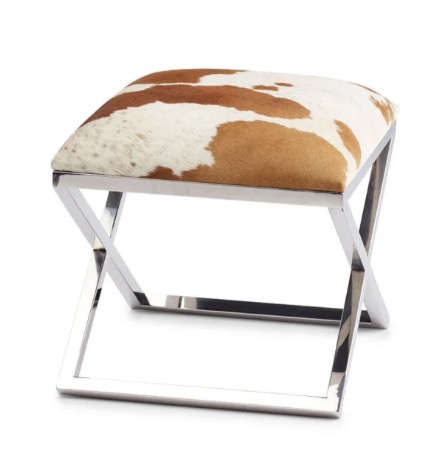SGBAUHAUSchairscratch
by Tim C. Lueth, SG-Lib Toolbox: SolidGeometry 5.6 - Completed CAD designs
Introduced first in SolidGeometry 5.5, Creation date: 2025-04-21, Last change: 2025-08-19
returns the SG for a scrat protector of a specific Bauhaus style chair
Description
programming time was just 10 minutes. Many chairs from the Baushaus school are made of leather and stainless steel profile tubes or chrome-plated tube profiles. These easily scratch a wooden floor. For this reason, a scratch protector is designed here for a square profile
See Also: , SGfurniturespacer
Example Illustration

Syntax
SGBAUHAUSchairscratch
Examples
SGBAUHAUSchairscratchAdditional Hyperlinks
Copyright 2025 Tim C. Lueth. All rights reserved. The code is the property of Tim C. Lueth and may not be redistributed or modified without explicit written permission. This software may be used free of charge for academic research and teaching purposes only. Commercial use, redistribution, modification, or reverse engineering is strictly prohibited. Access to source code is restricted and granted only under specific agreements. For licensing inquiries or commercial use, please contact: Tim C. Lueth
Algorithm (Workflow)
This algorithm is designed to create a scratch protector for a specific Bauhaus style chair. It is a parametric design function that utilizes several geometric operations to achieve the desired shape.
Input Parameters
The function does not take any direct input parameters from the user. Instead, it uses predefined values and functions to generate the geometry.
Algorithm Steps
- Define the diameter
D as 25.4 mm.
- Set the width
w to 2.4 mm.
- Use the function
slfit('t') to obtain a value slt, which is used later in the algorithm.
- Create a complex polygon
CPLA using the function CPLofPL with a square defined by the dimensions [D D/2+w/2]*1.41+2*w.
- Create another polygon
CPLB using PLsquare([D D]+slt).
- Transform
CPLB relative to CPLA using CPLtransrelCPL with a rotation of -38 degrees (converted to radians) and align it to the bottom with an offset of -w.
- Subtract
CPLB from CPLA using CPLsubtract.
- Generate a solid geometry
SG from the modified CPLA with a height of 40 mm using SGofCPLz.
- Plot the complex polygons
CPLA and CPLB using dbplot with the 'cont' option.
- Write the solid geometry
SG to an STL file using SGwriteMultipleSTL.
Algorithm explaination created using ChatGPT on 2025-08-19 00:51. (Please note: No guarantee for the correctness of this explanation)
Last html export of this page out of FM database by TL: 2025-09-21